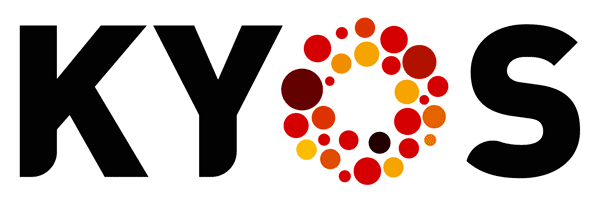What is passive imbalance trading? (NIV chasing)
Passive imbalance trading, also known as Net Imbalance Volume (NIV) chasing, refers to a strategy used by energy market participants to take advantage of imbalances in electricity supply and demand. These imbalances occur when the actual electricity consumed or generated doesn’t match the amounts scheduled or forecasted. Transmission system operators are responsible for balancing supply and demand in real-time, and any difference is dealt with through imbalance prices.
NIV chasing occurs when traders or energy companies monitor the market and make decisions based on expected imbalances, either by adjusting their generation or demand. The goal is to position themselves in a way that takes advantage of favorable imbalance prices. For example, if a Battery Energy System (BESS) operator or optimizer expects the grid to be short on electricity, they might decide to withdraw from the storage and sell to the system in anticipation of the higher prices that result from the shortage. Similarly, if there’s an oversupply, they might decide to inject into the storage because they expect prices to drop.
This trading strategy is considered “passive” because there is no actual trading and no counterparty. While NIV chasing can be profitable, it also carries risks as imbalance prices can be extremely volatile and hard to predict.
Not all the European Transmission System Operators allow passive imbalance trading on their balancing markets. Passive imbalance trading is currently allowed only in a few specific countries such as the Netherlands, Belgium and the United Kingdom.
